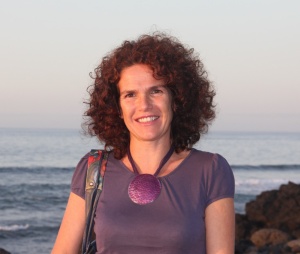Linhares, D., Gaspar, D., Garcia, P.V. & Rodrigues, A. (2022) Drinking bottled and tap water for healthier living in volcanic areas: are all waters the same?
Water,
14(15), 2424. DOI:10.3390/w14152424 (IF2022 3,4; Q2 Water resources)
In most volcanic areas, the population considers the use of bottled waters as a healthier and safer option. This study aimed to (i) assess the fluoride concentrations in tap and bottled water consumed on São Miguel Island, (ii) confirm the accuracy of the labeling of fluoride levels on bottled water, and (iii) assess the fluoride daily intake and risk exposure and discuss the possible health effects in adults and children. Fluoride concentrations were measured in tap water (49 samples) and bottled water (23 samples) with a fluoride ion-selective electrode. The fluoride concentration was above the recommended limit in tap water from Sete Cidades (1.71 mg/L), in bottled waters nº 5 and 7 from category C (2.05 ± 0.04 mg/L and 2.36 ± 0.14 mg/L, respectively), and in bottled water nº 5 from category D (1.92 ± 0.03 mg/L). Fluoride daily intake in children reached a maximum value in gasified water nº 7 (0.059 mg F/day/kg). The risk assessment evidenced that all the brands with over 1.2 mgF/L might be a concern for potential non-cancer health effects, especially in adults. The most recognized brands of gasified and gasified flavored waters represent a higher risk of exceeding fluoride daily intake when compared to tap and mineral bottled waters.

